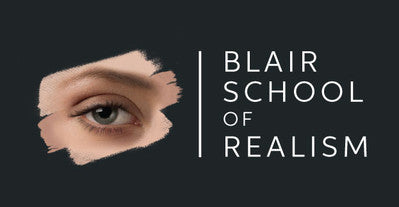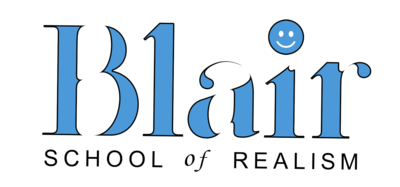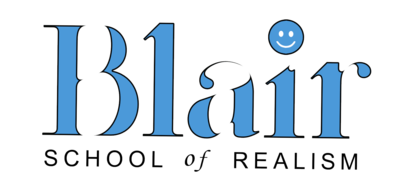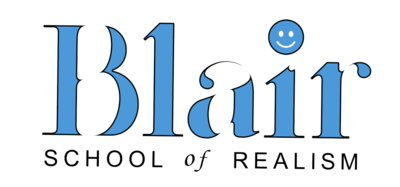What you need to improve the most.
There are many things to consider when trying to improve your art skills. There's airbrush control, choosing a subject, composition, surface preparation, understanding the medium, proportions, edges, value and color, to name a few.
All are important, but one area overrides them all when it comes to importance: observational skills.
Without the ability to see the subject, there is very little chance of a faithful re-creation of that subject in a painting or drawing. We need to see the differences so that we can adjust and modify our work, to bring our work closer to our goal.
The key is to identify the differences between what we have in our drawing or painting to and what we want in the reference source.
.
To accomplish this, you will need to constantly compare your painting to the reference and search for differences, in colors, shapes, and edges.
.
.I'm seeing the same mistakes repeatedly, so let's take a look at them.
Missing Subtlety
The most common error I see in airbrush work is a lack of subtlety. The visual world is full of small, barely noticeable transitions, and these need to be reflected in your work if you want to paint something convincing.

Subtle areas may seem unimportant, but they contribute to the finished look of a painting on a subconscious level. Although these might appear as no more than smudges (next to the arrows), without those small nuances here, the hair would take on a sterile, unfinished appearance.
.
.
Contrast
The second most common problem is related to subtlety: too much contrast.
This is most commonly seen in the excess shading of the face and nose.

Here you see the differences between the dark and light areas are exaggerated, which creates high contrast and compromises the realism. Solution: exercise restraint by spraying less and gradually building paint.
Overshooting
The cause of many contrast issues is simply applying too much paint. Since transparent paint becomes darker and darker as you continue to spray, it's easy to overshoot and allow too much paint in the target area. Solution: Spray a small amount, then pause and evaluate, adding more only if you are 100% certain that there is room to go darker.
Learning to Spot Differences
Since visual discernment is related to locating differences between your work and the reference source, one of the best exercises is the children's game "spot the difference" where two very similar images are compared, and the goal is to find all the differences between the images.
Since visual discernment is related to locating differences between your work and the reference source, one of the best exercises is the children's game "spot the difference" where two very similar images are compared, and the goal is to find all the differences between the images.

Can you spot the 13 differences between these two images?
There are plenty of such comparison exercises on YouTube, with time limits to help push you forward. They are great for improving observational skills.
If you want to move your work forward, be mindful of these common mistakes. The solutions are simple through identification of the problem, and improving one's observational skills. If you practice skill-building often, your art will visibly improve.
Happy painting!
There are plenty of such comparison exercises on YouTube, with time limits to help push you forward. They are great for improving observational skills.
If you want to move your work forward, be mindful of these common mistakes. The solutions are simple through identification of the problem, and improving one's observational skills. If you practice skill-building often, your art will visibly improve.
Happy painting!




